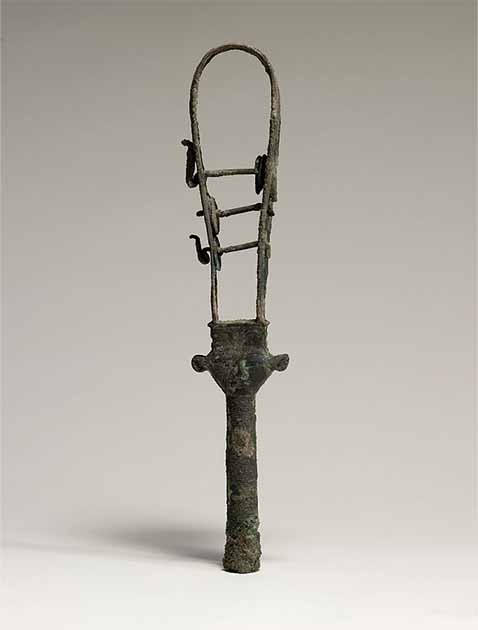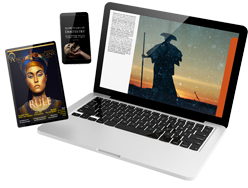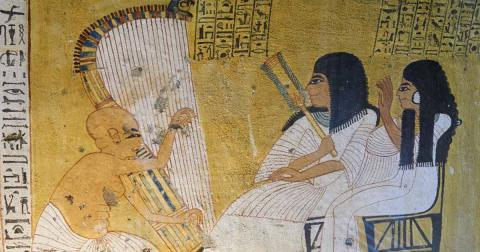Music was an integral part of daily life in the Nile Valley from the earliest times. It was a rich and important aspect of ancient Egyptian culture, permeating religious ceremonies, popular festivals, and daily activities.
The Role of Music in Ancient Egyptian Life
Music was not merely a form of entertainment but a crucial component of society and religion. It played a key role in religious rituals, often performed in temples to appease gods and goddesses. This style of music was believed to have magical qualities, which could call upon the favor of deities, and was also essential in the journey of the deceased to the afterlife.
Festivals and celebrations were also incomplete without music. Musicians and dancers were common sights at banquets and parties. Whether you were elite or one of the common folk, you could enjoy the beauty of music in social gatherings.
Ancient Egyptian Instruments
The instruments used in ancient Egyptian music were diverse, each contributing unique sounds to the musical landscape of the time. Here are some of the instruments of ancient Egypt:
- String Instruments: The harp was a prominent string instrument, varying in size from small hand-held versions to large, elaborate ones that required the musician to stand while playing. The lyre, another string instrument, was often used in more intimate settings.
- Wind Instruments: Flutes were popular and made from reeds or wood. The double clarinet, known as the aulos, produced a rich, reedy sound and was frequently depicted in ancient Egyptian art.
- Percussion Instruments: Various percussion instruments provided rhythm and depth to ancient Egyptian music. Hand-held drums, clappers, and sistrums (a type of sacred rattle associated with the goddess Hathor) were widely used. The sistrum held religious significance and was often used in temple rituals.
- Vocal Music: Singing was an essential element of ancient Egyptian music. Songs often told stories or were used in chants during religious ceremonies. The use of the human voice in music further emphasized the connection between the divine and everyday life.
Ancient Egyptian music was likely passed down orally, with musicians relying on memory and improvisation. This oral tradition meant that music was a living, evolving art form.

Ancient bronze sistrum dating back to circa 380 to 250 BC. (Public domain)
Instruments of War: Tutankhamun’s Trumpets
In 1922, the tomb of Tutankhamun was discovered in Egypt during an expedition led by the archaeologist Howard Carter. The discoveries made in uncovering the largely untouched tomb provided a wealth of knowledge about ancient Egypt, its burial practices and its customs. Among the amazing items recovered was a set of wooden, silver, and bronze trumpets.
The sound of one of the trumpets was recorded in 1939 by BBC Radio so that people from all over the world heard the sound of this extraordinary and ancient instrument. A few months after the trumpet was played, World War II broke out, eventually leading to a legend that the trumpets had the magical power to summon war. In addition to being an example of some of the oldest trumpets in the world, the trumpets of Tutankhamun have also gained a mystique because of the legend.
Listen to the 1939 recording in the video below, if you dare…
Read more about the amazing discovery and legend surrounding Tutankhamun’s trumpets in the article ‘Instruments of Mass Destruction: Do Tutankhamun’s Trumpets Really Summon War?’ available in the November - December 2023 issue of Ancient Origins Magazine. Get it here!
Featured Image: A wall scene with a harpist from the tomb of Inherkhau (TT 359), Thebes, Luxor – Egypt. Source: Svetlaili / Adobe Stock
By Alicia McDermott




